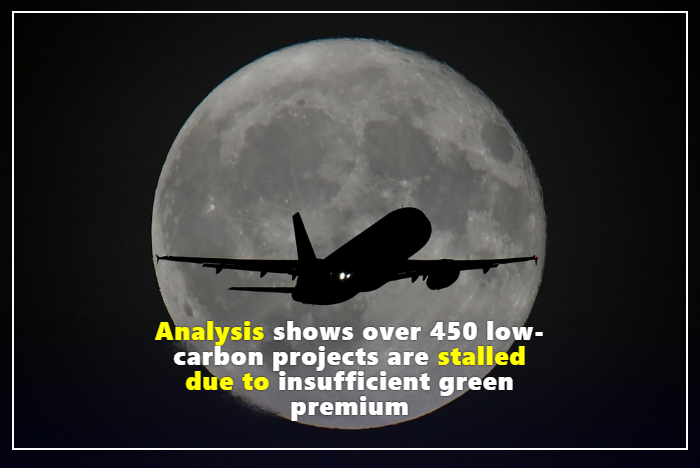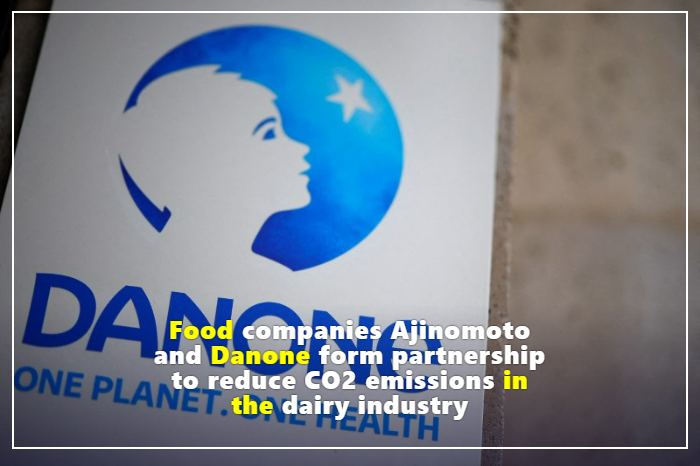12 September – Emerging markets are at a turning point. Not only do they face the ongoing challenge of switching from fossil fuels to a more sustainable economy, but they must also do so while increasing energy efficiency to boost economic growth. For example, India’s oil import expenditure will be US$119 billion in 2022, resulting in a current account deficit of 3.3% of GDP . Brazil and South Africa have suffered similar losses due to their dependence on imported fossil fuels. The need for stable energy supply clashes with the intermittency of renewable energy sources, creating a complex situation. However, what seems like a “nightmare” may be an opportunity – a path to sustainability and energy independence.
Emerging and developing markets are expected to experience strong economic and demographic growth in the coming years. This growth will significantly increase energy demand, making these regions a focus of global emissions reduction efforts.
Although the IRENA report highlights that renewable energy is currently more competitive than fossil fuels in many sectors, rising energy demand has led to increased investment in fossil fuels compared to renewable energy.
A McKinsey report warns that without a shift in investment, we could see a decarbonisation gap of 14 to 17 gigatons of CO2 by 2030, largely due to deindustrialisation and urbanisation in these markets. The battle for net zero emissions will be won or lost depending on the energy transition in emerging markets.
Global clean energy investment is expected to exceed US$2 trillion for the first time in 2024. However, the IEA report points out that only 15% of investment will flow into emerging markets outside China. Recognising this imbalance, there is growing pressure on multilateral banks, state-backed institutions and major investors to commit to renewable energy projects in these countries.
The scale of investment is enormous. Emerging markets will need to triple investment from $2.2 trillion to $8 trillion per year by the early 2030s to sustainably meet growing energy demand and remain compliant with the Paris Agreement . Countries with appropriate policies will be able to attract significant capital for their energy transitions, opening up new opportunities for sustainable development.
Brazil offers a compelling example. As the current president of the G20 and host of COP30 in the Amazon region, Brazil has attracted global attention. The Brazilian Development Bank (BNDES) recently launched a $10 billion climate fund to undertake sustainable development projects and attract additional resources. This strategic alliance has proven fruitful, with wind and solar projects attracting significant investment.
The second country is Turkiye. Turkey is highly dependent on fossil fuel imports and is vulnerable to fluctuations in global energy prices, which in turn affects its economic stability. However, the European Bank for Reconstruction and Development (EBRD) has prioritized green investment in Turkey, investing around $750 million annually in green projects since 2015. Supported by foreign investment and government incentives, Turkey’s rapid transition to renewable energy shows that with the right incentives, anything is possible.
In 2023, the renewable energy industry employed 12.7 million people globally, and this number is expected to grow to over 38 million people by 2030. Government policy plays a key role in creating an environment that enables entrepreneurs to build renewable energy businesses with the confidence that there will be demand in the future and a clear path to growth. These policies include ensuring reliable supply contracts, protecting the investment climate, and encouraging entrepreneurs and investors to build the necessary infrastructure.
Global investors are prioritising climate and sustainability factors in their investment portfolios. However, attracting investment in transformation projects remains challenging, involving financial risks and low returns. Green bonds offer a solution to provide capital to international investors in line with the Sustainable Development Goals.
Green bond sales are expected to reach $492.3 billion by 2023 , with Europe leading the way. Turkiye’s Aydem Enerji is one example. As a signatory to the UN Global Compact, it has published a detailed sustainability report showing its initiatives from 2020, earning it a high ESG rating. Its green financing framework outlines the use of bond proceeds, and as a result, its $750 million green bond issue attracted $1.6 billion in demand.
While raising capital in emerging markets has been challenging, Idem Energy’s successful bond issuance shows that rigorous sustainability initiatives and clear ESG integration can attract enough investor interest to expand access to the green bond market to other emerging markets.
Meeting the complex challenges of the 21st century can seem daunting. However, with the right strategies, emerging markets have the potential to move from a growing reliance on fossil fuels to becoming self-sufficient in renewable energy.
Andrea Webster, Ila Koksal and Kubra Koldemir of SustainFinance also contributed to this article.
The views expressed are those of the author. They do not reflect the views of Askume News, which is committed to integrity, independence and non-partisanship under the principles of trust. Ethical Business magazine is part of Askume Professional, a division of Thomson Askume and operates independently from Askume News.







